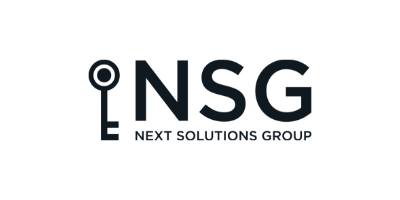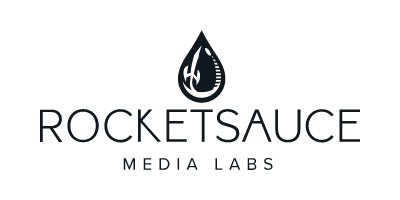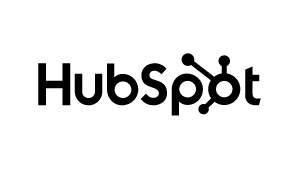In Part 1 of Data Privacy and the New Secrets of Success, we discussed the critical importance of organizing your brand’s digital assets as they relate to data privacy and cyber security — but a secure dataset isn’t just about compliance and liability. An organized dataset is a treasure trove of insights waiting to be discovered, and presents a unique opportunity for businesses to optimize their marketing efforts and streamline spending by capitalizing on organized and secure datasets within a Customer Data Platform (CDP).
Data Organization: the Cornerstone of Actionable Marketing
A Customer Data Platform (CDP) is a unified customer database that builds rich customer profiles using data collected by multiple external and internal sources. It’s not just first-party or third-party data, but an integration of everything, including the data entered into your CRM by your staff, the social media interactions customers have with your brand online, even the data they’re sharing from their mobile devices. CDPs centralize this information, and enable businesses to derive actionable insights, intelligent audience segments, and personalized marketing messages and workflows. Once stored, a CDP cleans and combines the data to make individualized customer profiles accessible to other company systems to drive efficiencies, improve customer experiences and support, and identify additional growth opportunities.
To make the most of a CDP, companies should adopt a systematic approach to data organization:
- Unified Data Collection: Gather data from multiple touchpoints, including websites, mobile apps, social media, and offline interactions. This holistic approach ensures a comprehensive view of each customer.
- Data Enrichment: Augment raw data with additional information to enhance customer profiles. This could include demographic details, purchase history, and behavioral patterns.
- Segmentation: Divide the dataset into meaningful segments based on various attributes. Effective segmentation allows for targeted marketing campaigns that resonate with specific customer groups.
- Accessibility and Usability: Ensure that the organized dataset is easily accessible to marketing teams. User-friendly interfaces and intuitive dashboards empower marketers to extract insights and make informed decisions.
As important as all that is, it will become even more important in 2024, when Google is planning to “kill off” the third-party cookies that are the foundation of so many of today’s digital marketing strategies. Crucially, the right CDP can work without the use of third-party cookies. And that future readiness, combined with more meaningful, centralized insights into customer behavior, was exactly what beverage giant AB InBev was after when they chose Treasure Data as their CDP partner.
AB InBev | CDP Case Study

Treasure Data is our center of marketing … our key to how we’ll live in a cookie-less world, in an even more digital environment, and still connect with our consumers.
– Luiz Gama | Senior Global Martech Manager, AB InBev
“With the multinational nature of AB InBev’s business — along with strict local regulations on both customer data and alcoholic beverages — it was clear that managing AB InBev’s consumer data worldwide required technology that could scale,” reads Treasure Data’s case study. “It was also time to bust data silos company-wide, while still respecting increasingly stiff regulations on data privacy, security, and data export.”
At AB InBev, the Treasure Data CDP integrated data from 70.1 million customers across more than 1,000 different sources and platforms into a single, golden customer record. Acting as that single source of truth, the CDP eliminated internal silos that had hampered marketing efforts in the past and enabled marketers to access more accurate and enriched customer data analytics, set up intelligent ad campaigns, and monitor every customer interaction from a single interface. “Smart attributes help with segmentation and predicting customer behavior,” the study continues.
And, while AB InBev presents a large-scale implementation, it’s worth noting that smaller organizations like regional banks, hospitals, and auto dealer groups can also benefit from a CDP that’s powered by organized and secure datasets. These have the potential to transform their marketing strategies and optimize spending by improving the following:
- Targeted Campaigns: Leveraging well-segmented data, businesses can craft highly targeted marketing campaigns. These campaigns connect with customers on a personal level, resulting in improved engagement and conversion rates.
- Eliminating Duplicate Ad Spending: Duplicate ad spend can drain budgets and hinder campaign effectiveness. A well-organized dataset helps identify instances where the same customer is targeted multiple times, enabling companies to optimize ad spend and achieve higher ROI.
- Personalized Communication: With a comprehensive view of customer preferences, brands can tailor their communication to individual needs. Personalization enhances the customer experience, fosters loyalty, and increases brand affinity.
- Strategic Resource Allocation: Insights from a centralized CDP empower businesses to make informed decisions about resource allocation. By identifying the most effective channels and customer segments, organizations can channel resources where they are most impactful.
You can learn more about how a CDP can help your brand enhance your customers’ data privacy, build greater trust, and find more actionable insights in your existing customer data cloud in the short video, below, by Treasure Data CEO Kaz Ohta.
ORIGINAL CONTENT FROM BRAIN+TRUST









